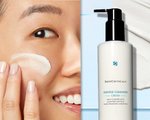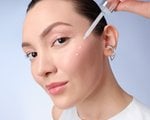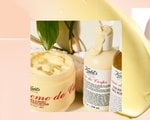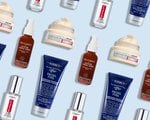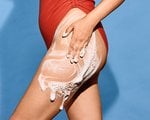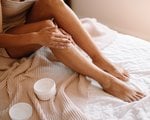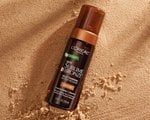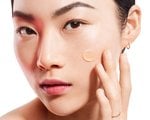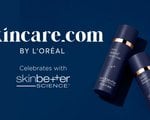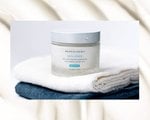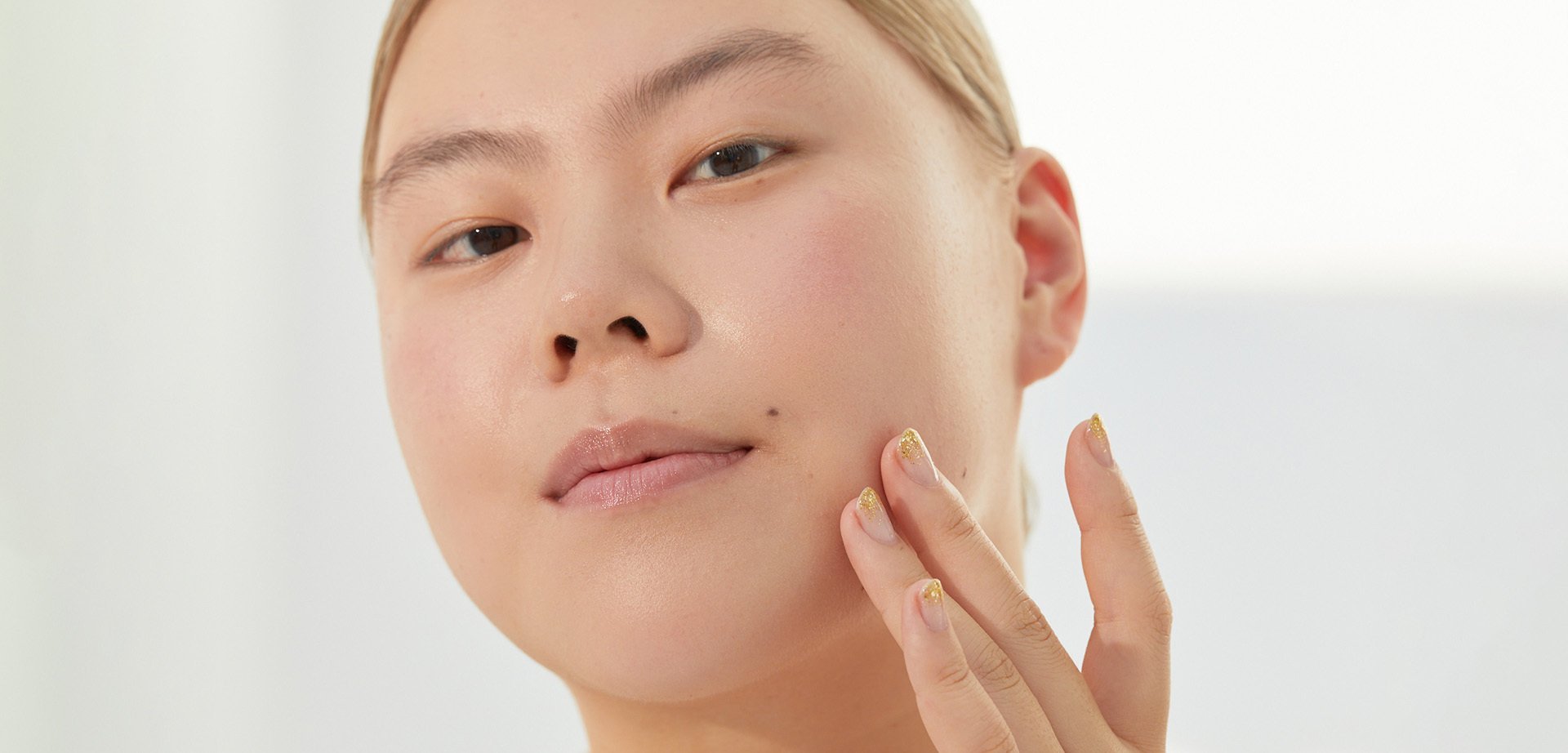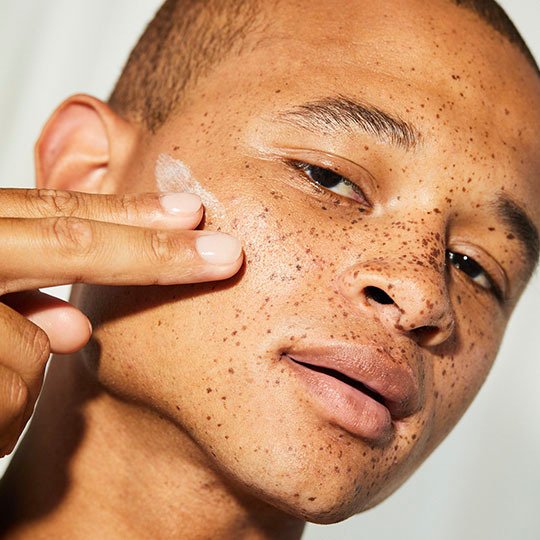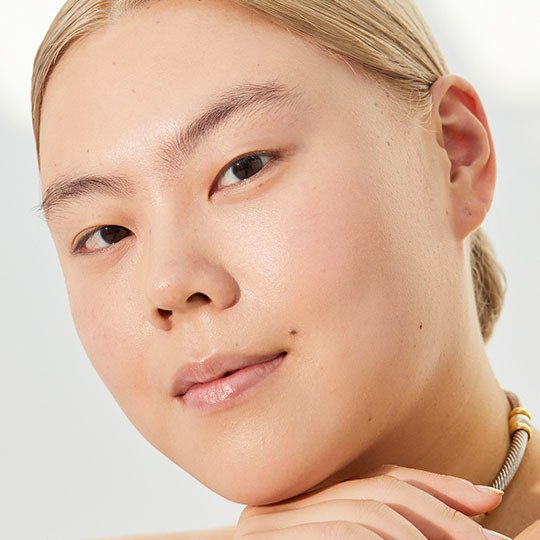How to Effectively Use Niacinamide With AHAs and BHAs in Your Skincare Routine
August 05, 2024What Do AHAs and BHAs Do For The Skin?
According to the United States Food & Drug Administration (FDA), AHAs (alpha-hydroxy acids) and BHAs (beta-hydroxy acids) are both classified as skin exfoliants. However, they work in slightly different ways.
What are AHAs?

AHAs are water-soluble molecules that, when used in skincare formulations, can help smooth the appearance of fine lines and wrinkles, firm the skin, and boost hydration. They can also help even skin texture and tone and promote a more youthful appearance. There are many different types of AHAs used in skincare products, but glycolic acid and lactic acid are among the most common.
There are several ways you can incorporate AHAs into your routine. One option is to reach for a glycolic acid cleanser, such as the SkinCeuticals Glycolic Acid Renewal Cleanser, which is suitable for all skin types and gentle enough for daily use. Alternatively, you could use an AHA cream or serum—we love the Kiehl’s Ultra Pure High-Potency 9.8% Glycolic Acid Serum, which helps smooth skin texture and boost radiance for a healthy-looking glow.
What are BHAs?

BHAs are oil-soluble molecules that, like AHAs, help exfoliate the skin. The most common type of BHA used in skincare products is salicylic acid, which is often included in products designed to help address concerns like clogged pores, blackheads, and some types of acne. According to the FDA, BHAs also tend to provide gentler exfoliation than AHAs, which can be irritating for those with sensitive skin.
If you’re looking to add BHAs to your routine, try the CeraVe Renewing SA Cleanser, which contains salicylic acid and ceramides and provides gentle, non-irritating exfoliation. We’re also big fans of the La Roche-Posay 10% Pure Vitamin C Serum, as it features exfoliating salicylic acid alongside vitamin C, glycerin, and hyaluronic acid.
Can You Use Niacinamide With AHA and BHA?
Yes, you can use niacinamide with AHAs and BHAs—but before doing so, there are a few things to keep in mind. According to Dr. Spey, mixing niacinamide with AHAs or BHAs may raise the skin’s pH level if done improperly, which could diminish the efficacy of the products you’re using. As such, she typically suggests spacing out your usage.
“Used at different times in your routine, niacinamide and AHAs and BHAs are very effective active ingredients with well-documented benefits to skin health,” says Dr. Spey. “They are safe and versatile and are worthy additions to many skincare regimens.”
Dr. King concurs, adding that while “Acne-prone skin can benefit from both salicylic acid and niacinamide,” it’s best to use your BHA and niacinamide products on different days. If you want to use them within the same routine, she suggests waiting roughly half an hour between applications (the same goes for AHAs, too).
That being said, some skincare products are made with niacinamide and AHAs or BHAs. These can be used as directed since they have the optimal percentage of the ingredients to work as intended. The one caveat: don’t layer any additional products with these ingredients, other than a gentle moisturizer and sunscreen.
How to Incorporate Niacinamide and Acids Into Your Skincare Routine
Since countless products feature AHAs, BHAs, and niacinamide, there isn’t a one-size-fits all way to use them. Here are some general guidelines to keep in mind for working with this trio.
- Generally, it’s best to layer your products in order of consistency from thinnest to thickest.
- Apply active ingredients at different times of the day to help minimize the risk of irritation.
- If you’re using niacinamide with AHAs and BHAs as part of the same routine, then wait 30 minutes between applying AHAs and/or BHAs and niacinamide (or vice versa).
- Use stronger formulas, especially acids, on alternating days to minimize the risk of irritation.
- Wear sunscreen daily as acids—particularly AHAs—can make skin more sensitive to UV rays.
If you’re looking for an easy way to incorporate all three ingredients into your routine, we recommend seeking out a product formulated with all of them rather than playing bathroom chemist. Professionally-made formulations are designed with the ideal ratio of ingredients and are less likely to irritate your skin than DIY concoctions. We’re sharing two of our favorites below.
Garnier SkinActive AHA + BHA Charcoal Anti-Blemish Serum

This dermatologist-tested serum contains a 4% blend of AHAs, BHAs, and niacinamide and helps target uneven skin tone and texture. It’s suitable for all skin types but especially beneficial for those with oily or blemish-prone skin, as the non-comedogenic serum helps mattify shine, purifies the skin, and diminishes the appearance of pores.
L’Oréal Paris Bright Reveal Dark Spot Exfoliant Peel

This at-home peel is another great option for those looking to combinate AHA, BHA, and niacinamide, particularly for those seeking a brighter, more even-looking skin tone. The powerful formula features a 25% multi-acid blend and visibly fades all types of dark spots, including post-acne marks. It also helps brighten the complexion and improves skin texture after a single use. Keep in mind that because this at-home peel features a higher concentration of acids than your typical serum or moisturizer, it’s not meant for daily use—instead, aim for about four times per week.

When using either of the above products, kick off your routine with a gentle, acid-free cleanser (we love the La Roche-Posay Double Repair Face Moisturizer), and don’t go outside before applying plenty of SPF. Try the IT Cosmetics Hello Sunshine Invisible Sunscreen for Face, which protects, hydrates, and helps prime the skin for makeup. Remember to follow other sun protection measures, like avoiding direct sunlight at midday, wearing protective clothing, and seeking shade whenever possible, for robust protection against UV rays.
Next Up: Should You Pop a Pimple? Here’s What You Need To Know for Your Next Breakout
